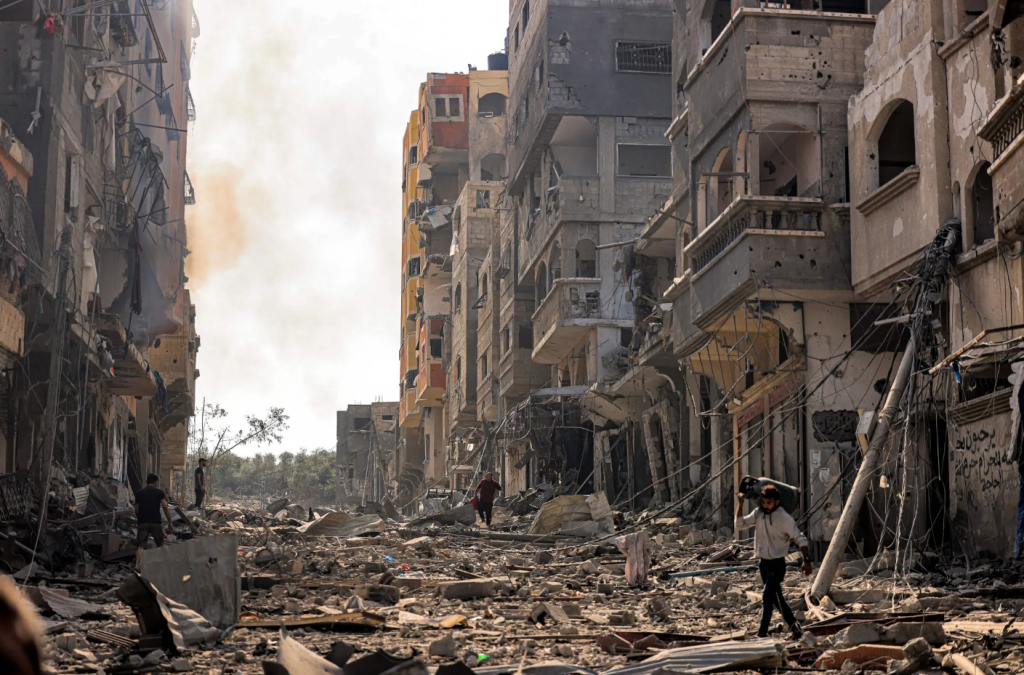
May 22, 2025
A new wave of tension is shaking the Middle East as several major players inch closer to broader conflict. What began as localized clashes has quickly evolved into a situation drawing in global powers and shifting diplomatic strategies.
Over the past 48 hours, violence between Israel and armed groups in the region has intensified, with heavy airstrikes, drone attacks, and reports of civilian casualties mounting. This latest escalation follows months of unrest and growing international calls for a long-term ceasefire — but instead, the situation is spiraling.
Several countries have reacted sharply. Some European nations are now taking steps to recognize Palestine as a state, a move hailed by some as long overdue and condemned by others as a dangerous provocation. Meanwhile, Israeli leadership is doubling down on military efforts, stating national security cannot be compromised.
Behind the scenes, global powers including the United States, Russia, and China are treading cautiously. Each nation is watching the situation closely, balancing their interests in the region while trying to avoid direct involvement. However, the risk of a wider war, whether accidental or strategic, is growing.
At the heart of the conflict are deep-rooted historical grievances, but the current crisis is being accelerated by political pressures, shifting alliances, and a lack of meaningful diplomatic dialogue.
For millions caught in the crossfire — from Gaza to southern Lebanon — the uncertainty continues. Aid groups warn of worsening humanitarian conditions, while diplomats scramble for solutions that feel increasingly out of reach.
As the world watches, the question remains: Will cooler heads prevail, or are we witnessing the early days of a much larger regional conflict?
